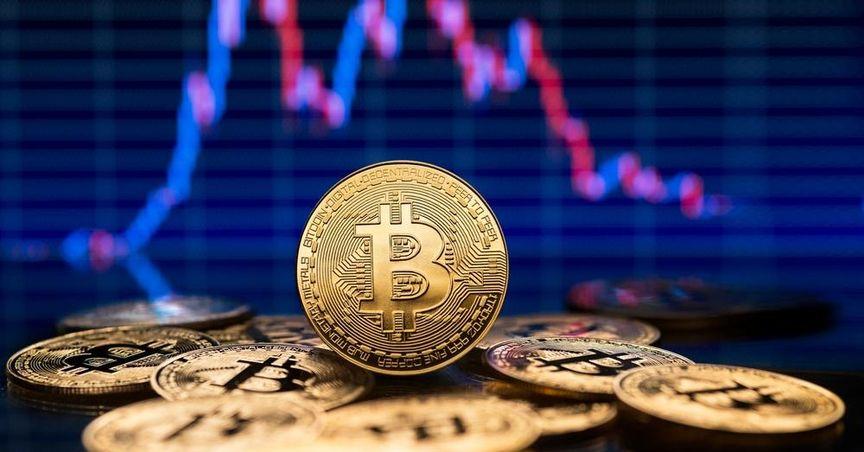Highlights
- Comprehensive Crypto Framework A new working group will draft regulations and evaluate a national cryptocurrency reserve.
- Banking and Adoption Support The executive order seeks to protect banking access for crypto companies and rescinds costly accounting guidance.
- Policy Shift The initiative signals a pro-crypto stance, contrasting with prior regulatory crackdowns under the Biden administration.
U.S. President Donald Trump has taken a significant step toward reshaping cryptocurrency policy with the creation of a dedicated working group tasked with proposing new regulations for digital assets. The initiative also includes exploring the establishment of a national cryptocurrency stockpile, demonstrating the administration's commitment to advancing the digital asset sector.
The executive order, issued on Thursday, underscores several key priorities. Among them is the protection of banking services for crypto companies, a measure addressing concerns from industry stakeholders about alleged regulatory pressure on financial institutions to limit services to the crypto sector. Regulators have denied these claims, but the policy directive seeks to ensure access to essential banking infrastructure for digital asset firms.
Key Measures and Industry Reactions
One of the most notable aspects of the order is the prohibition of central bank digital currencies (CBDCs) in the U.S. This move aims to prevent competition with existing cryptocurrencies, aligning with the administration's goal of fostering a free-market approach to digital assets. The order also rescinds an SEC accounting guideline that had significantly increased costs for companies safeguarding third-party crypto assets. By removing this barrier, the Trump administration aims to boost the adoption of cryptocurrencies across various sectors.
The crypto industry has welcomed these measures, viewing them as a turning point in U.S. digital asset policy. Nathan McCauley, CEO of Anchorage Digital, called the order a "sea change" that signals a cohesive and supportive regulatory approach. Similarly, Senator Tim Scott, chair of the Senate Banking Committee, emphasized the administration's commitment to maintaining the United States' leadership in digital asset innovation.
Formation of the Crypto Working Group
The newly established working group will include key government figures, such as the Treasury Secretary, SEC Chair, Commodity Futures Trading Commission Chair, and other agency heads. Its mandate includes drafting a regulatory framework that encompasses various aspects of digital assets, including stablecoins, a form of cryptocurrency typically pegged to fiat currencies like the U.S. dollar.
In addition to regulatory development, the group will evaluate the feasibility of creating a national digital asset reserve. This reserve could be derived from cryptocurrencies lawfully seized by the federal government through enforcement actions. While specific details remain unclear, some experts suggest that the U.S. Treasury's Exchange Stabilization Fund could facilitate the establishment of such a reserve.
Contrasting Regulatory Approaches
The executive order reflects a sharp departure from the regulatory stance of the previous administration. Under former President Joe Biden, the SEC and other regulatory agencies pursued aggressive enforcement actions against crypto exchanges and platforms, citing concerns over fraud and money laundering. Companies like Coinbase and Binance were among those targeted, though they denied allegations of misconduct.
In contrast, the Trump administration has signaled its intention to support the industry through clear, consistent rules that encourage innovation while addressing risks. This shift is seen as part of a broader effort to position the U.S. as a global leader in cryptocurrency and blockchain technology.
Market Impacts
The announcement has already had an impact on the cryptocurrency market. Bitcoin reached a record high of $109,071 on Monday, fueled by optimism about the administration's pro-crypto policies. Although prices have since moderated to around $103,000, the overall sentiment remains positive.
The working group’s efforts to draft comprehensive regulations could lead to increased clarity and stability for the digital asset market. This, in turn, may encourage broader participation from institutional investors and facilitate mainstream adoption of cryptocurrencies.
National Digital Asset Stockpile Potential Implications
The proposal to create a national cryptocurrency stockpile has sparked significant interest and debate. Analysts remain divided on the legal and logistical challenges of implementing such a reserve. While some argue that congressional approval may be required, others believe existing mechanisms, such as the Treasury's Exchange Stabilization Fund, could provide a viable pathway.
The concept of a national stockpile aligns with the administration's vision of leveraging digital assets for strategic and economic purposes. If successful, it could serve as a model for other nations exploring similar initiatives.
A New Era for U.S. Crypto Policy
President Trump’s executive order represents a bold step toward reshaping the regulatory landscape for cryptocurrencies and digital assets. By addressing key industry concerns, supporting innovation, and exploring novel approaches like a national crypto reserve, the administration is laying the groundwork for a more dynamic and inclusive digital asset ecosystem.
The coming months will be critical as the working group begins its efforts to draft comprehensive regulations. The outcomes of these initiatives could have far-reaching implications for the future of cryptocurrencies in the United States and beyond, reinforcing the nation’s role as a leader in the global digital economy.





